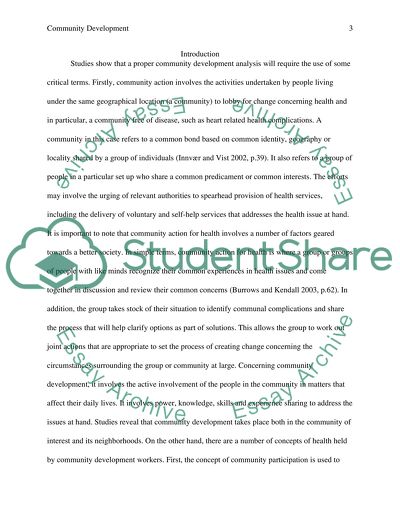Cite this document
(“Critical analysis of community development Essay”, n.d.)
Critical analysis of community development Essay. Retrieved from https://studentshare.org/health-sciences-medicine/1473137-critical-analysis-of-community-development
Critical analysis of community development Essay. Retrieved from https://studentshare.org/health-sciences-medicine/1473137-critical-analysis-of-community-development
(Critical Analysis of Community Development Essay)
Critical Analysis of Community Development Essay. https://studentshare.org/health-sciences-medicine/1473137-critical-analysis-of-community-development.
Critical Analysis of Community Development Essay. https://studentshare.org/health-sciences-medicine/1473137-critical-analysis-of-community-development.
“Critical Analysis of Community Development Essay”, n.d. https://studentshare.org/health-sciences-medicine/1473137-critical-analysis-of-community-development.


